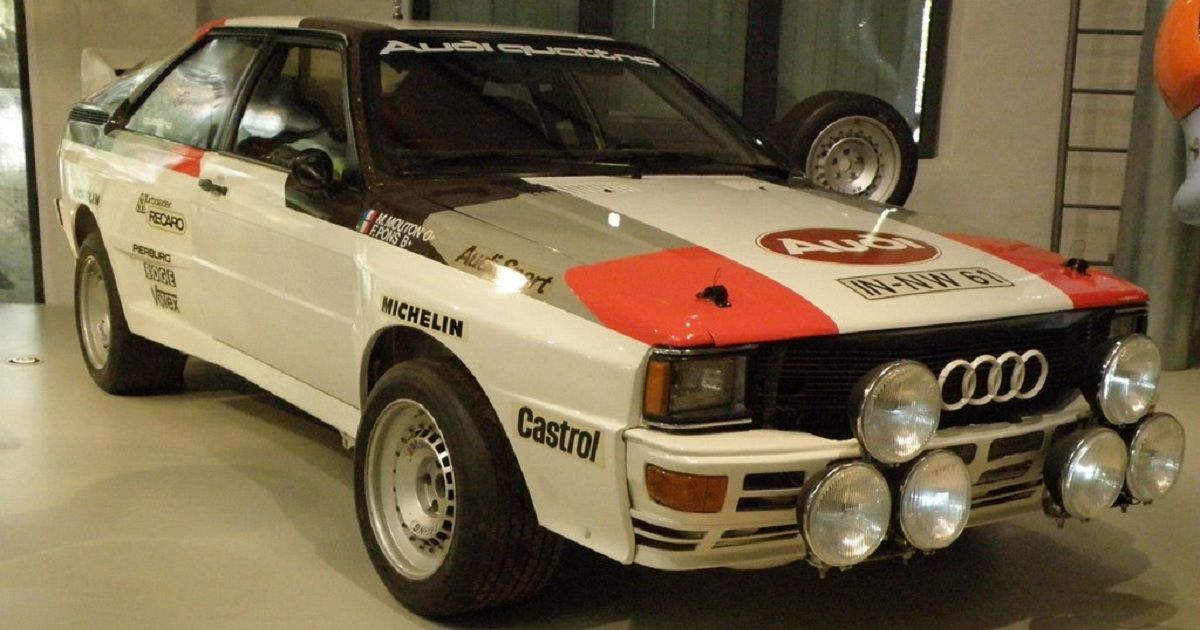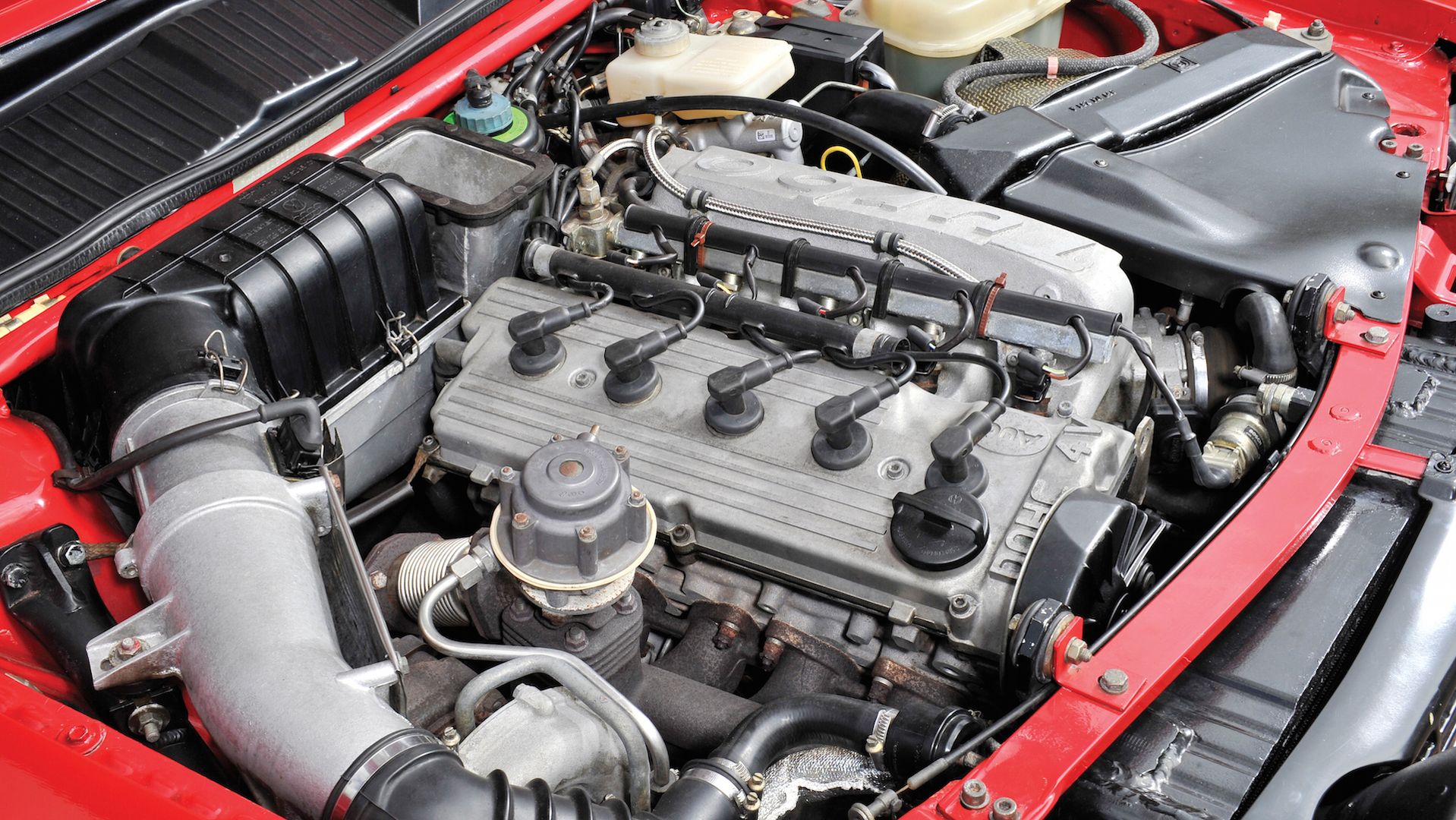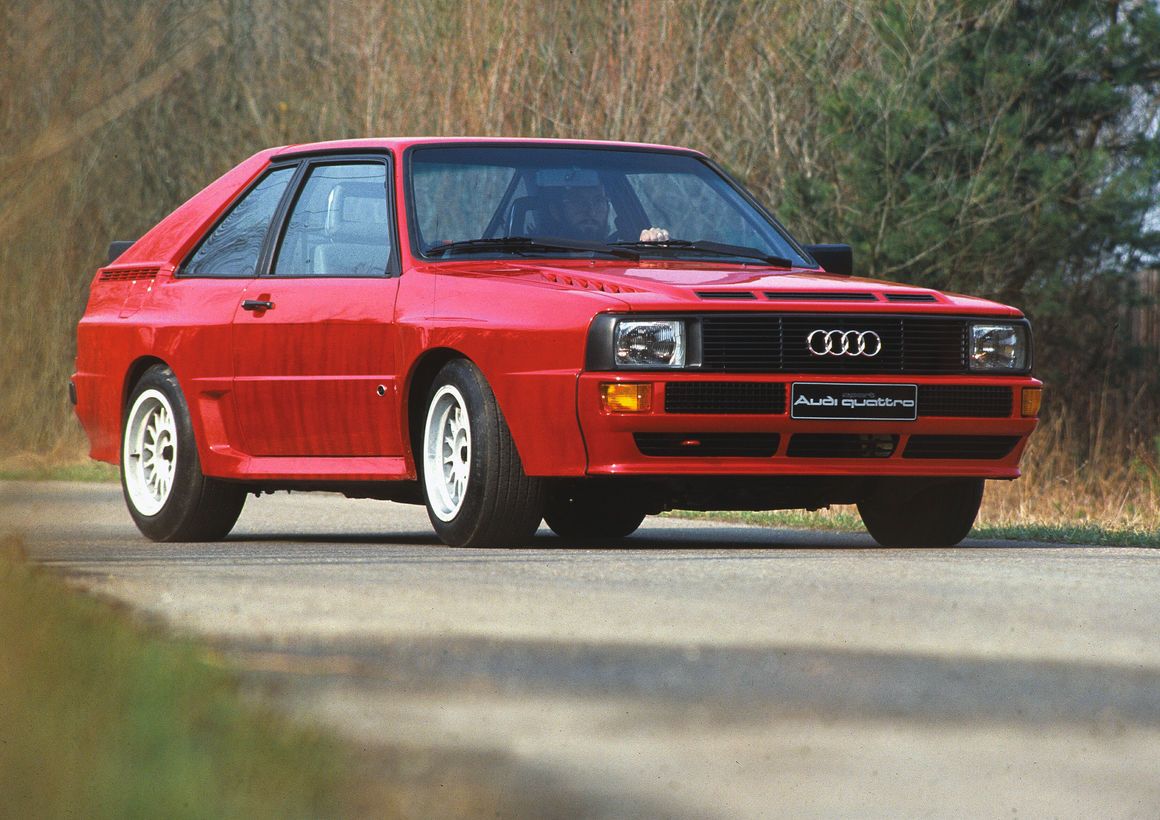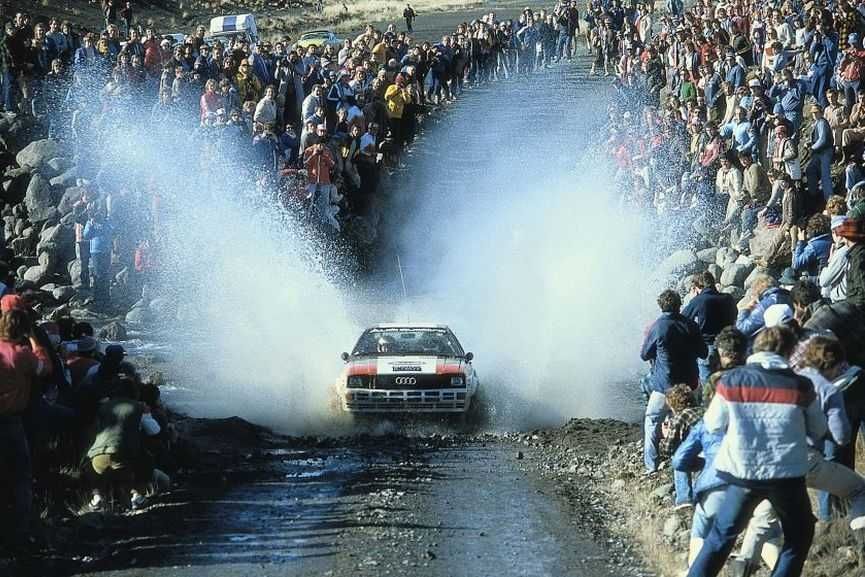It’s hard to believe forty years have elapsed since Audi presented the Quattro to the world. The car not only boosted the image of Audi as a high-quality brand but radically changed the World Rally Championship scene. Audi first launched the Quattro coupe in 1980 as a road-going homologation of the rally car and introduced the Quattro to the North American market in 1983.
Audi had planned to build four hundred examples for competition racing only. However, due to strong demand, the Quattro went into full-production to become one of the most iconic production cars of all time. Indeed, the word ‘Quattro’ encapsulates the excitement and glamor of motorsport of the 1980s.
Amongst the fire-breathing legends of Lancia, Peugeot and Ford, the Audi Quattro offered speed, poise, and agility thanks to its all-wheel-drive system, which revolutionized rallying forever. Moreover, the Quattro's phenomenal turbocharged inline five-cylinder engine generated the most evocative soundtrack, unique to the Quattro with whistles, pops, and bangs adding to the theatre and exciting the manic spectators.
The Quattro evoked images of rally legends such as Mikkola, Mouton, and Rohrl skilfully dancing the Quattro through the rally stages to victory. Without a doubt, the Quattro captured the heart of rally fans around the world.
The Audi Quattro was the first rally car to take advantage of the rule changes that permitted four-wheel-drive in motorsport. As a result, this five-cylinder rally weapon produced numerous wins in the early years of rallying, annihilating the competition. Most of the wins taking place in 1982 with seven victories in total, winning the World Rally Championship manufacturers title outright .
Furthermore, the shorter wheelbase Audi Sport Quattro, introduced in 1984, secured a triple victory that year, winning both driver and manufacturer titles. Finally, not forgetting Walter Rohrl winning the most famous hill climb, Pikes Peak, in a record-breaking sprint. This time, however, with a specially modified Quattro S1 producing over 600 horsepower.
It's true to say there aren't many road cars that can boast such rich motorsport history. Indeed, Audi has become synonymous with four-wheel drive technology. Its reputation for building fast, well-built cars has undoubtedly been reinforced by the most influential sports car – the Audi Quattro.
Five-Cylinder Magic
Although an all-wheel-drive system was not new in the late ’70s, the concept of applying the same technology to road cars was unheard of at the time. Under the hood of the original 10-valve ‘Ur-Quattro’ was a 2.1-liter, inline five-cylinder turbocharged engine paired with a five-speed transmission.
Producing 197 hp and 210 lb-ft of torque, the Quattro sprinted from 0-60 mph in 6.5 seconds and had a top speed of 140 mph. Weighing in at 2,811 lbs, the performance figures back then were impressive as there was nothing on the scene like it.
Furthermore, the later cars incorporated a 20-valve unit, which boosted power to 227 hp, making it faster to 60 mph in 5.9 seconds. Despite its size, the Quattro had predictable handling and punchy performance, with old-school turbo lag, of course! Moreover, the five-cylinder growl was mesmerizing and very recognizable.
The Audi Sport Quattro, developed for group B homologation in 1984, was, and remains, the extreme version of the Quattro. Weighing just 2,645 lbs, it had 302 hp and 258 lb-ft of torque. Moreover, the massive turbocharger catapulted the car to 60 mph in just 4.4 seconds. Indeed, the most visible change to the Sport Quattro was the reduction in wheelbase by 12.6 cm. Only 214 were built in total, of which 160 were road cars.
Development Of A 1983 Audi Quattro
The angular design of the Audi Quattro remains attractive and purposeful. Moreover, the slightly pronounced wheel arches gave the car an aggressive stance that separated the Quattro from the standard car. However, the Quattro was constantly updated until 1991 with an improvement of interior trim quality, though exterior changes remained minimal with an update to the headlights.
The Quattro was generally well built and had a spacious interior. In addition, the switchgear was clear and functional. Later cars incorporated the spectacular digital instrumentation display, anti-lock brakes, and stiffer suspension.
Interestingly, at the pre-development stage, the rally legend was almost named the ‘Audi Carat’, which somehow was an abbreviation for 'Coupe All-Wheel-Drive Turbo’. However, as there was already a perfume with the same name, Walter Treser, the Audi project manager in the late 1970s, suggested ‘Audi Quattro’ − a name that would soon become the most well-known all-wheel-drive system in the industry.
Here's What It Costs Today
Approximately 11,500 units of the Quattro rolled off the Audi production line in Ingolstadt. Reportedly, the Audi Quattro appears to be increasing in value each year, with the 20-valve version being more desirable. For example, a 1993 Audi ‘Ur-Quattro’ 10v was sold at RM Sothebys early this year for $61,600.
In contrast, a pristine example of a 1991 20v ‘Ur-Quattro’ recently sold at Silverstone Auctions for a record-breaking $222,829 believed to be one of the last right-hand drive models to leave the Audi factory. In comparison, the Audi Sport Quattro has been estimated at a sizzling half a million dollars!




